
by blogediter | Jul 20, 2023 | Save Energy
I bet you didn’t know your home has a wood toilet. Uh-huh…Yes, it does!
Your wood toilet may not look like the stylish throne pictured above, but the wood toilet you have is actually worse! There is a pejorative name for fireplaces in the energy conservation world. They are called a “wood toilet”. The reason is, you are flushing wood up your chimney, and also watching your energy dollars swirl out with it.
What are you talking about? I love my fireplace!
It is true that according to the NAHB survey as of 2018, 44% of single family houses have at least one open fireplace in them. That is down from a peak of 58% in 2002. Unlike a literal wood toilet, a fireplace is generally a desirable amenity. Some homeowners don’t use their fireplace, and don’t care to use their fireplace. However, some homeowners burn in them every chance they get. I must admit, there is something about a crackling hearth…but is it worth it?
The hard truth about fireplaces, and why are energy conservation people name-calling?
Let me give you some facts about fireplace, reported by the EPA in their Burn Wise campaign.
- There are roughly 17.5 million fireplaces in the US.
- They account for 4,000 residential fires every year.
- Confined fires (like fireplaces) account for 87% of residential building heating fires.
- Smoke from fireplaces contain a mixture of harmful gases and small particles that can cause severe bronchitis, aggravate heart and lung disease, and may increase the likelihood of respiratory illnesses.
- Research estimates 70 percent of smoke from chimneys can actually reenter your home, and your neighbor’s home. (Pierson et al 1989)
Below are the hard facts about what fireplace use does to energy consumption in your home
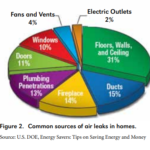
Fireplaces waste more than they give back. This is what the US Department of Energy has to say about fireplaces.
- Fireplaces should not be considered heating devices.
- Traditional fireplaces draw in as much as 300 cubic feet per minute of heated room air for combustion, then send it straight up the chimney.
- Even when dormant, fireplaces account for 14% of home air leakage.
- Energy.gov Energy Saver program recommends to seal your flue when not in use, and use an inflatable Chimney Balloon or wool Flueblocker.
Are wood toilets super trendy and stylish, and coming back in vogue
150 years ago, home owners all over the globe used fireplaces to heat their homes. They used wood toilets (that were called outhouses) to do their business. They used horses to ride to work or to town. But now we have central heat, and indoor plumbing, and commuter cars and public transit. For nostalgia or old-time-sake feel free to go on a horsey ride, or poop in a smelly old shack, or even warm yourself by the hearth. But don’t fool yourself with your fireplace. This is not little House on the Prairie anymore, so lets be a little smarter with our homes, health, and energy dollar.
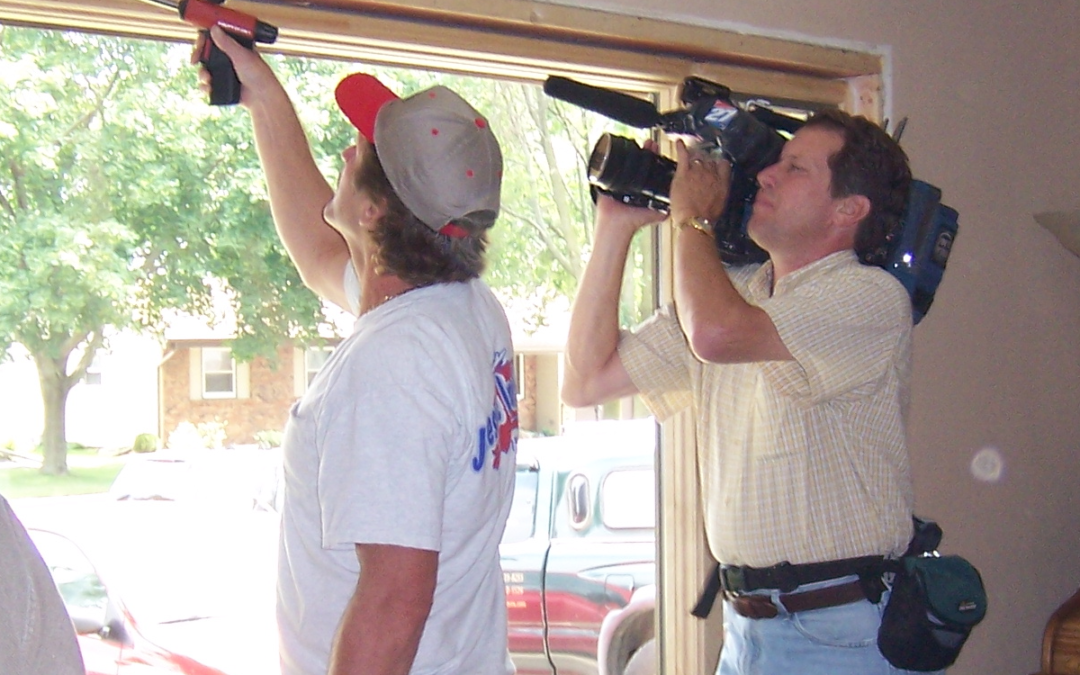
by blogediter | Jul 6, 2023 | Save Energy
Temperatures aren’t the only thing rising this time of year. According to the National Energy Assistance Directors Association, home energy bills sit at 10-year highs just as air conditioners hum into gear across the United States. While there are several ways to ensure homes have energy efficient home improvements. One often overlooked areas is the chimney. Worse yet, the chimney acts like a dirty snorkel that allows warm, smelly air to waft inside the home. This can happen even if there is an existing metal damper inside the chimney.
Fortunately, there is a simple solution that homeowners can install themselves that seals the chimney and reduces energy waste, and is a energy efficient home improvement.
Cool your home, not your neighborhood
Before homeowners seek unfounded DIY-hacks online, the first step in creating a more energy efficient home improvements list is understanding where energy is wasted. According to Energy Star, an Environmental Protection Agency and Department of Energy-run program focused on energy
efficient home improvements. Air leakage is one of the top contributors to wasted energy in homes and can account for as much as 40 percent of the energy used for heating and cooling in homes.
While the fireplace is designed to provide warmth in the winter, the chimney acts as a conduit for energy loss throughout the summer. The large openings in traditional fireplaces, also known as flues, allow conditioned air to escape while simultaneously drawing warm, humid air from outside into your comfortable living space. This constant exchange of air leads to increased energy consumption and higher utility bills as air conditioners work harder to compensate for the loss.
Through consistent seasonal use and exposure to extreme temperatures, a cast iron or sheet metal chimney damper warps over time, and even new metal dampers are not airtight. Without an airtight seal, a chimney is akin to leaving a window open all summer. And while caulks and foams are useful air sealing techniques for some applications, they don’t work in a fireplace.
The solution is shockingly simple for energy efficient home improvements
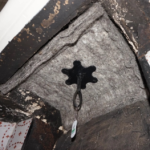
Energy Efficient Home Improvements Like Blocking the Chimney
There are eco-friendly, all-wool inserts called Flueblockers, designed to plug the chimney. These thick-layered wool inserts not only prevent conditioned air from escaping the home, but they stop hot, humid outdoor air from passing through the toxic, soot-filled chimney into your home. This provides increased comfort and improved indoor air quality. Homeowners breathe easier knowing there’s a sustainable, cost-effective solution for one’s health (and wallet).
These flue inserts are available in varying shapes and can be customized and scissor-trimmed to fit any-sized flue, making it the easiest, most cost-effective solution on the market. Not to mention they are available for purchase online and can be installed quickly and easily.
Money savings on energy efficient home improvements
So what are the examples of energy efficient home improvements? Similar to having solar panels installed, the government incentivizes homeowners to take advantage of the tax credits and rebates being offered for energy efficient home improvements. The same goes for insulation and air sealing improvements, but these tax credits have an even quicker payback than solar, and are energy efficient home improvements tax deductible? Many wool flue inserts qualify for 30% federal air-sealing and insulation tax credits that heavily subsidize the products. And due to the energy savings that come with installing a wool insert in your flue, the products pay for themselves with the savings in less than one year – with or without the federal tax credit.
The Bottom-line on energy efficient home improvements
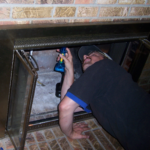
Plugging the flue can make a house more energy-efficient
So, what can make a house more energy-efficient? Homeowners with wood-burning fireplaces should explore whether their flues are currently sealed. If you have a metal damper, place your hand on it (assuming you’ve not recently used the fireplace) and feel its warmth from the outside air. You’ll likely hear and feel a draft, too. Making your home more energy efficient this summer is simple, and wool inserts are also great at blocking cold drafts in the winter. Users simply remove the insert – which takes less than 15 seconds – if they choose to use the fireplace.
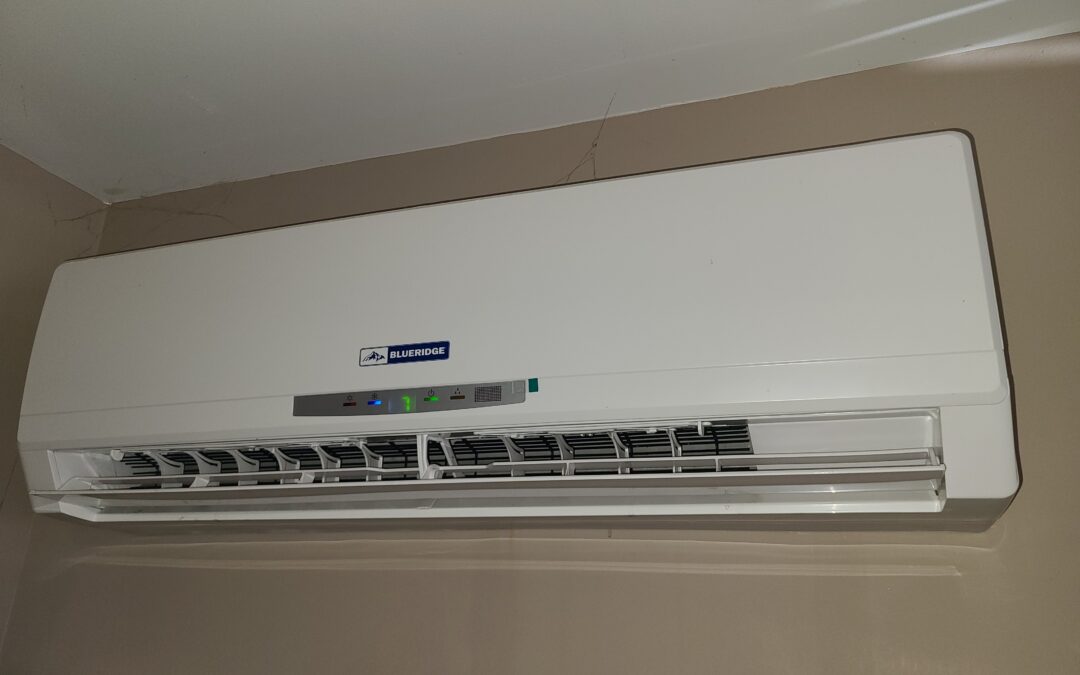
by blogediter | Jun 27, 2023 | Save Energy
With record high energy rates this year, it is even more important to save on home cooling costs. See how to save energy on air conditioner in summer.
Investing in long-term solutions for saving on home cooling can save you money in the long run. Here are some little-known unusual home improvements to save on home cooling costs:
- Use Mini Splits for HVAC when possible: Everyone wants to know the cheapest way to cool a house. If you have a home that is less than 1000 square feet and you live in a climate that rarely gets below 20 degrees F, you should really consider a mini split system to save on home cooling. They use much less wattage than a traditional central A/C system, and they move and cool air much more efficiently.
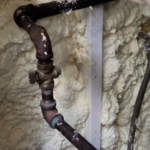
Closed cell foam to save on cooling
- Air Seal BEFORE you insulate: If you don’t air seal first and then insulate second, then outside air will pass right through your insulation. That is the nice thing about the Flueblocker, it will air seal and insulate your fireplace chimney in one shot and save on home cooling. That is why it is so good at sealing out chimney odors as well. Air Sealing is important in your attic especially. You should peel back your attic insulation and look at the drywall on top of electrical boxes and wall caps, as well as any pipe, HVAC, or electrical penetrations in the drywall. All of those spots should be caulked or foamed before the insulation is laid over them. If you see dirty black areas in your insulation near these penetrations, then that tells you your air sealing is insufficient.
- Programmable Thermostats: Using a programmable thermostat can save on home cooling costs in the long run. By setting your AC as high as is comfortably possible and using a programmable thermostat to increase temperature when you’re out, or asleep, could easily decrease your summer cooling bill by 10%.Some people wonder: “Does setting AC higher save money?” and “What is the best temperature for AC to save money?” The best AC setting to save money is to set your thermostat to 78ºF instead of 72ºF, and use ceiling fans to move the air to make it feel 7ºF cooler. You can cut as much as 18% off your summer cooling costs.
-
Consider attic ventilation: There are many kinds of attic fans, but I am going to speak about gable fans in particular to save on home cooling. If you have HVAC vents and air handlers in your attic, this is a very important topic to save on home cooling. Look to see if you have the 3 kinds of attic venting, they are gable vents, ridge vents and soffit vents.
If you have all 3, then you may want to have an adjustable speed gable vent installed. on cool days the fan does not turn on, but on hot days it will draw in outside air to keep your attic cooler and save on home cooling.
-
Lighter colored shingles or metal roofing: If you are looking to replace your roof soon, consider light grey colored shingle to save on cooling costs in the summer. These are called
Cool Roof systems, and they come in many different kinds of roofing material from asphalt, to metal, to tile, etc…
Just like wearing light colored clothes makes you feel cooler on a hot day, Cool Roofs limit the amount of radiant heat a roof surface transmits through to the attic space.
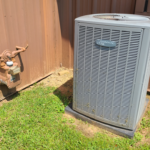
Save on home cooling shade your AC Condenser
You may ask: “How can I save on cooling my house?” Some are as easy as shading your AC condenser outside. Or in the spring selecting the best time to turn on AC to save money. These home improvement projects above are little-know and unusual ways to save on your cooling costs. Some of them are simpler DIY projects, and some are more complex and rather expensive.
The more complicated projects may require a professional contractor. Consider carefully the long term money you won’t be spending on energy as you save on home cooling.
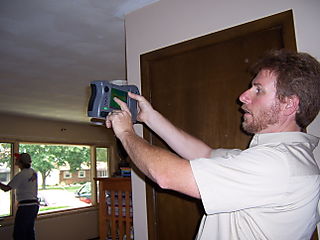
by blogediter | Jun 5, 2023 | Save Energy
How to get a 30% discount rebate for Flueblocker and Chimney Balloon and other insulation and air sealing?
Below is a video from the IRS on how to apply for the Energy Tax Credits on insulation and how to apply the rebate for Flueblocker and Chimney Balloon.
Generally the payback in energy savings on installing a Flueblocker or Chimney Balloon chimney draught stopper is within 12 months. But with this 30% rebate on air sealing, it pays you back even faster.
Insulation is not as sexy as a bathroom remodel, but it is considered the fastest payback home improvement you can do.
Sometimes we run special manufacturer discount rebates for Flueblocker and Chimney Balloon and products. Contact us to see if we have any new promo codes or rebate for Flueblocker and Chimney Balloon.
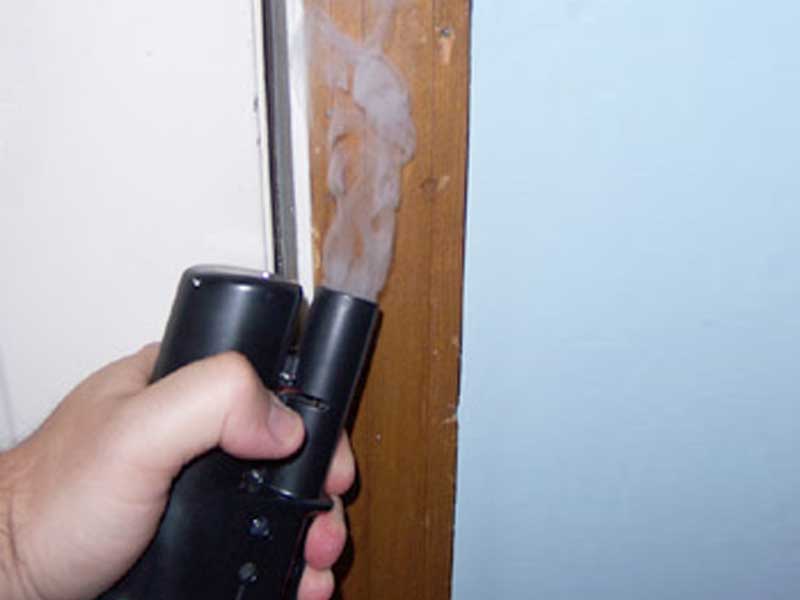
by blogediter | Mar 17, 2020 | Save Energy
How to check for positive or negative air flow around doors with a Smoke Pencil?
There are many hospitals that use the Smoke Pencil to check for positive or negative airflow around doors and ventilation registers to ensure that certain rooms in the hospital are not leaking air into other rooms.
Currently we are in the midst of a Corona Virus (COVID-19) outbreak in the United States. Hospitals are working feverishly to ensure their clean rooms, operating rooms, labs, quarantine rooms, waiting rooms, etc… are all separated effectively. This means the air in one room is not exchanging with the air in adjoining rooms.
Hospital maintenance staff often use the Smoke Pencil to check the airflow around door seals and vents to make sure the airflow is going in the correct direction and ventilation is operating properly. One advantage to using the Smoke Pencil is its vapor is a simple food grade mixture of Glycerin, Propylene Glycol, and water. This is much cleaner than using a smoke emitter to check airflow.
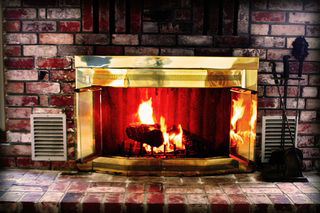
by blogediter | Jul 5, 2019 | Save Energy
Q: Jason, I have 2 fireplaces, one below the other. There are 2 flues up the same chimney. The one in the basement has no damper and needs some work before it can be used, so we put a piece of concrete board over it and a bookcase to hold it in place to block the opening. Obviously, it wasn’t a perfect seal, but it was pretty covered.
We noticed though that when we used the upstairs fireplace smoke would come into the basement room. We want to use the upstairs fireplace this winter but aren’t ready to make a full decision on what to do with the basement fireplace. Would the Chimney Balloon be a good stop-gap solution until we decide whether to just block this fireplace off permanently or fix it? – MB
A: Dear MB, What you are referring to is called “smoke crossover” it happens when you have two chimneys close to each other and one is breathing out smoke while the other is breathing in outside air to equalize air pressure in the house. Here is a link to an article and a picture diagram of the issue.
The Chimney Balloon is used regularly buy chimney sweeps and homeowners to correct smoke crossover issues. If you use a Chimney Balloon to seal the basement fireplace chimney it will force the house to find another path to draw air in from other than the basement chimney flue. This, therefore, eliminates the smoke being drawn back into the house.
You can use the Chimney Balloon as a temporary or permanent solution to this chimney smoke crossover issue. The Chimney Balloon will function as your damper once it is installed so there will be no need to do anything with the old metal damper. So you can save the rest of the chimney funds to hit the other projects on the old honey-do list. – Jason










